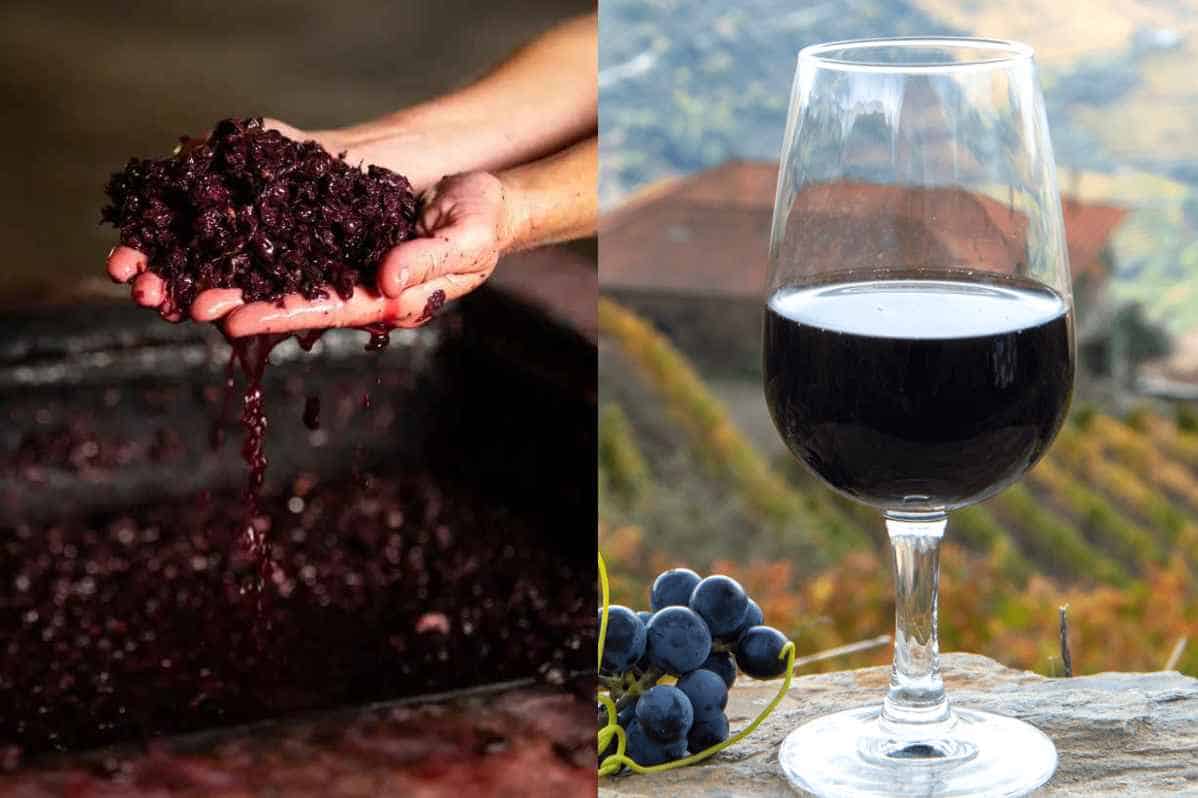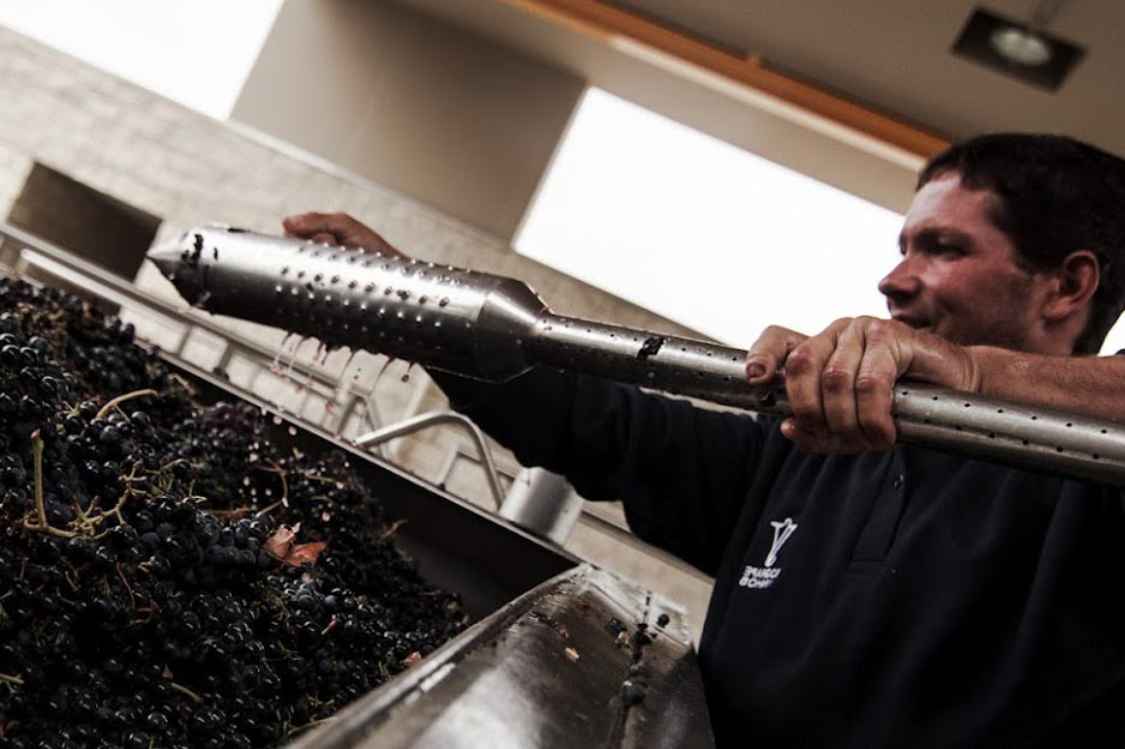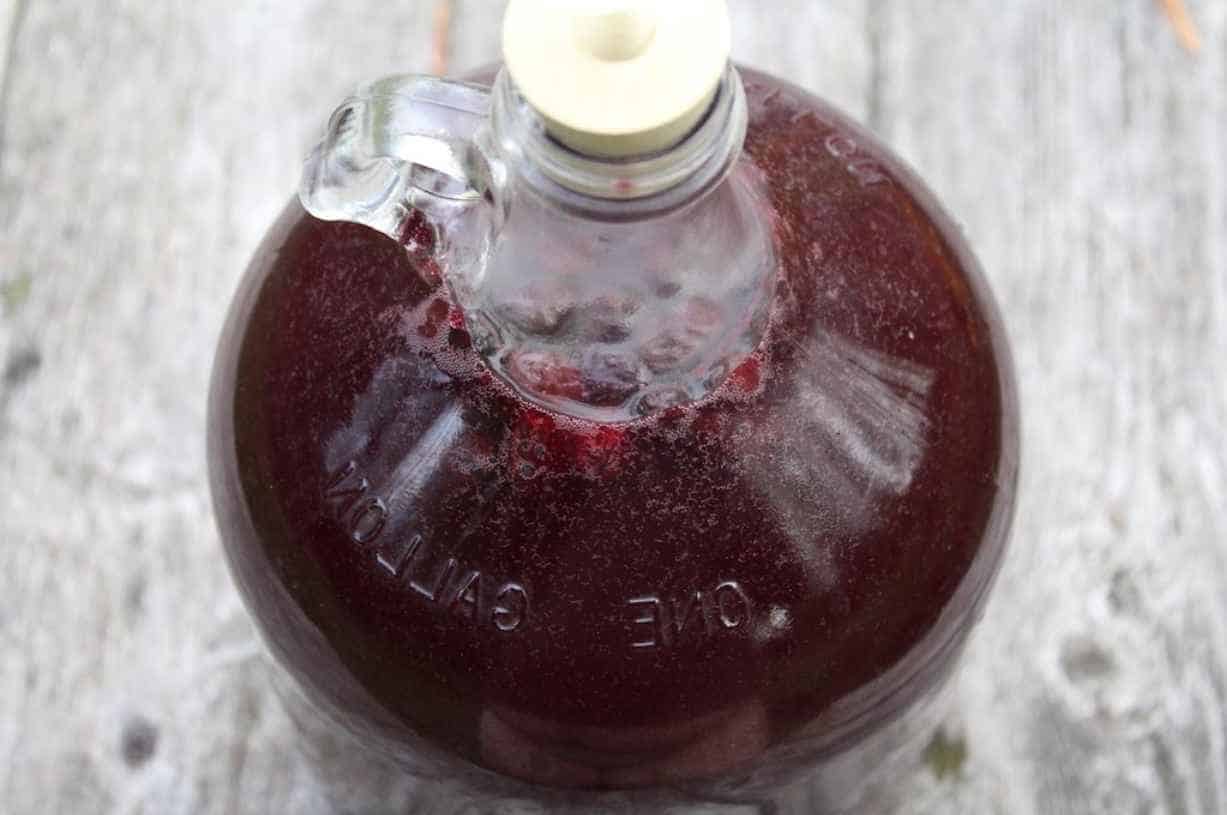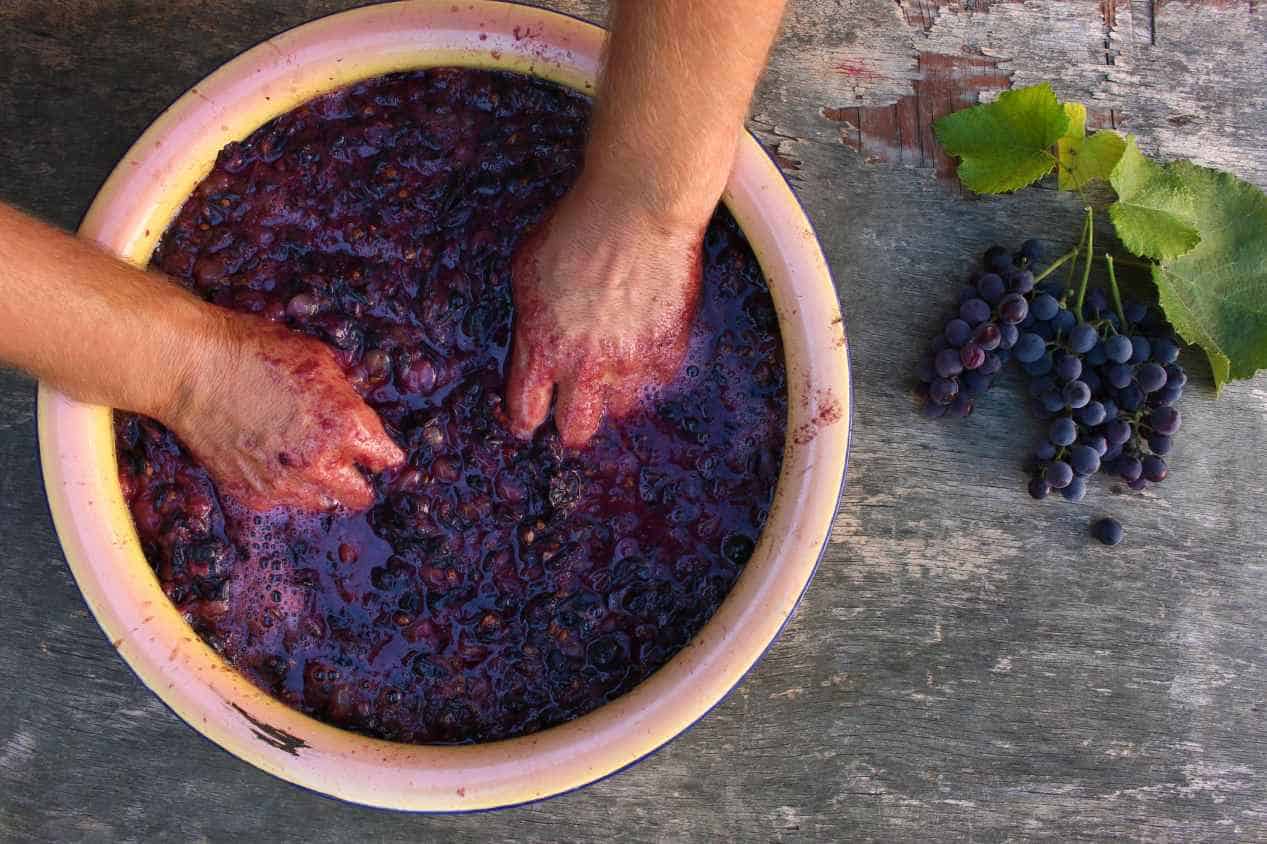Port wine is a delicacy among vintners and connoisseurs, yet its high price tag and limited production can make it difficult to enjoy. Worry not—we will show you how to craft your own delectable Port-style beverage right at home!
What is Port Wine?
A fortified red vino originating in Portugal’s Douro Valley, Port Wine is a well-known delicacy among wine lovers. This fortified wine features intense oak and fruit notes and a higher ABV.
According to the Union Protected Designation of Origin guidelines, only wines from Portugal can lay rightful claim to be labeled “port.” Nevertheless, other countries have developed their own versions of port-style wines.
Now that we’ve discussed the basics of port wine let’s explore its two most popular styles.
| Port Wine Type | Tawny | Ruby |
| ABV | 17% – 19% ABV | 16% – 20% ABV |
| Color | Ruby Red | Brown |
| Taste | · Fruity
· Blackberry · Cherry |
· Nutty
· Caramel · Earthy · Fig |
| Mouthfeel | · Full-bodied
· Thick |
· Light
· Smooth |
Ruby Port is the most popular of all Port wines, and its signature vibrant red hue complements its delightful fruity flavor. It’s aged for a fraction of what other Ports require, resulting in an unrivaled refreshing taste you won’t find elsewhere.
Unlike Ruby Port, which aged for a shorter period, Tawny Port typically matures for at least ten years and can reach up to 40 years! This extended aging process provides it with an unmistakable nutty flavor as well as its signature tawny hue.
If you are just starting your winemaking journey, Ruby Port is an excellent choice for crafting a delicious and unique bottle of Port. It’s much simpler to do, making it the ideal choice for homebrewers!
What Makes Port Wine Special?
Through a distinct process of fortifying the product with brandy, Port wine acquires an unparalleled flavor that any other type of wine cannot replicate. This technique also prevents fermentation and raises the alcohol content in Port to make it memorable amongst all other wines.
Fortified wines are created when brandy is blended with wine, producing a higher alcohol content and sweet flavor. Not only does this elevate the potency of your favorite vino, but it also adds added layers of complexity to its taste profile thanks to the sugars found in brandy.
Port wine is a collector’s dream due to its unique ability to age for decades or even centuries, revealing complex and exquisite flavors with each passing year. With their tantalizing aromas and hint of sophistication, Port wines are the perfect choice for any special occasion or celebration.
Hailing from the Douro Valley region of Portugal, Port wine is a unique drink that stands out for its flavor. Surrounded by a distinct climate and soil composition, these grapes offer an incomparable taste that you can’t find anywhere else in the world. Moreover, Port wine’s complexity and depth of flavor are attributed to it being made up of a blend of various grape varieties.
The Process of Making Port Wine
Crafting Port wine is a sophisticated and detailed procedure requiring many steps. The exquisite, fortified beverage can only be produced in Portugal’s Douro Valley region; as such, here’s a comprehensive guide to help you make your flavorful batch:
- Crushing the Grapes: There they are crushed meticulously to extract their juice. It’s traditionally done by foot treading in large granite tanks called Lagares but is now frequently handled by mechanical crushers.
- Fermentation: Once the grape juice is in the fermentation tanks, yeast is incorporated to initiate the fermentation. This process could range anywhere from a few days to numerous weeks, depending on what style of Port you are trying to create.
- Fortification: Fortifying the wine is only the first step in creating a Port that will truly separate it from others. To prevent further maturation and preserve the wine’s inherent sweetness and fruitiness, brandy is added when the desired sugar level has been reached. It also increases the alcohol content in a controlled manner.
- Aging: Following this, it’s left to age in oak barrels for an extended period–anything from months to years, depending on what style of Port you’ve chosen! During its stay within these barrels, it picks up wonderful flavors and aromas and goes through a slow process of oxidation that contributes so much depth and complexity.
Can You Make Your Own Port Wine at Home?
Crafting your own Port wine is possible with the right ingredients, tools, and knowledge. Start by sourcing high-quality grapes as an essential base for creating a flavorful blend.
Then follow a specialized recipe that includes crucial steps like crushing the fruit, fermenting the juice, adding brandy to fortify it, and aging it in barrels or bottles until it reaches perfection. Pay attention to each step of this complex process to make superior homemade Port wines!
Crafting homemade Port wine is no easy feat; it requires expert winemaking skills and access to the right tools. Further, producing a quality vintage takes considerable time. Thus, you must remain dedicated and patient throughout the years-long process.
Platt R. has provided us with a helpful recipe for making Port wine in the comfort of your own home! Though it won’t be as potent as machine-made ones, this brew will mimic the flavor and hue of ruby port. It gives you an almost-authentic taste experience right at your fingertips!
If you don’t fancy watching tutorials, reading up on the nitty-gritty process of making your own Port wine should be right up your alley!
How to Make Port Wine at Home?
Ingredients:
- 1/2 gallon or 2 liters of grape juice
- 1.8 liters 80-proof brandy
- 1/2 cup sugar
- 1/2 tsp wine yeast
- 1/2 tsp acid blend
- 1 pack wood aging spiral
Optional:
- 1 vanilla pod/bean
- 1 cinnamon stick
Process:
- It’s time to prepare your grape juice! If you use fresh grapes, remove the stems and mash them in a sizable pot or bowl. A potato masher is perfect for this task; if not, feel free to use your hands.
- Gently sprinkle the wine yeast over the freshly crushed grapes, then stir in your sugar. Keep stirring until all of the sugar is completely dissolved into the mixture.
- Subsequently, to bring balance to our base wine, add 1/2 teaspoon of acid blend. Ensure you thoroughly mix the two components so all sugars are effectively dissolved.
- Cover the pot or container with a cheesecloth or towel, and let the grapes ferment for two days at room temperature. To ensure that all of your ingredients are properly macerating, stir them once or twice each day. For added accuracy, consider using a hydrometer to confirm that your wine is reaching its desired ABV level.
- After allowing the grapes to ferment for 7-10 days or until it reaches 5-6% ABV, add a bottle of brandy in a ratio of 4:5. This means that for every 20 ounces of wine, add 16 ounces of brandy. Doing so will terminate fermentation and amplify sugar levels and alcohol content.
- To elevate the flavor of your port wine, consider adding a few aromatic spices! Split the vanilla bean and place it alongside the cinnamon stick in your pot. Cover with a lid and allow to sit for 2-3 days so that all flavors meld together perfectly. This process will take your port wine from ordinary to extraordinary!
- After the spices have had ample time to infuse into the wine, carefully strain it through a fine mesh strainer or cheesecloth into an empty vessel.
- To add a pleasant woody flavor to your wine, introduce a wood aging spiral into the base. Allow it to stay there from the start through the completion of fermentation for optimum results.
- Allow your wine to reach its full potential by pouring it into a glass container and storing it in a cool, dark environment for no less than six months. It will give the flavors time to blend and create an exquisite taste!
How to Serve Port Wine?
You have crafted your exquisite port wine – now it’s time to learn how to enjoy it at its finest. Utilize the following advice to maximize your unique tasting experience!
- Decanting: Decanting is an absolute must to truly bring out the complexities of a Port wine. Carefully pour the contents of your bottle into a decanter, ensuring to leave behind any sediment that could have developed inside. By doing this small action, you can experience all of its flavors and aromas!
- Temperature: For the best flavor and aroma, port wine should be served at a slightly cool temperature, between 60-65 degrees Fahrenheit. If you serve it too cold, its delicate notes will not truly shine through; if you have it too warm, on the other hand, it could become overly sweet and cloying.
- Glassware: Enhance your port wine experience by serving it in a remarkable “port glass!” These small, stemmed glasses are specially crafted to maximize the exquisite aroma and flavor of the wine. Plus, they’re noticeably narrower than any other standard kind of glassware. So cheers!
- Food Pairings: Port wine is a delectable accompaniment to both sweet and savory dishes. Enjoy it with nuts, chocolate, soft cheese, or dried fruits for an exquisite experience.
In Summary
In this article, we explore the classic port recipe so you can craft your homemade best Port ever! The process may sound intimidating, but it’s quite simple – just pay attention to the measurements and calculations when cooking up a batch of deliciousness!

George Moore, co-founder of Wine Flavor Guru, is a charismatic entrepreneur with a rich background in California’s wine industry. Alongside Sylvia, he transformed a Sonoma County vineyard into a source of premium wines. George’s expertise in sourcing exceptional grapes and his approachable style make wine appreciation both accessible and engaging.






